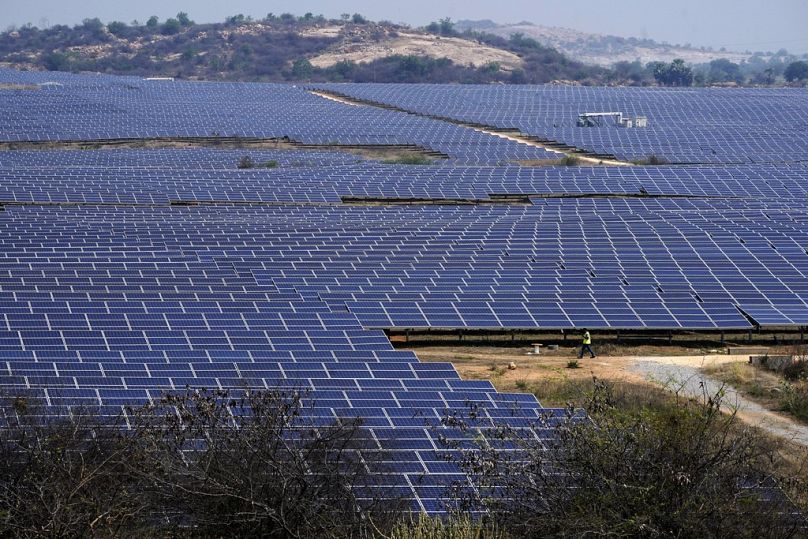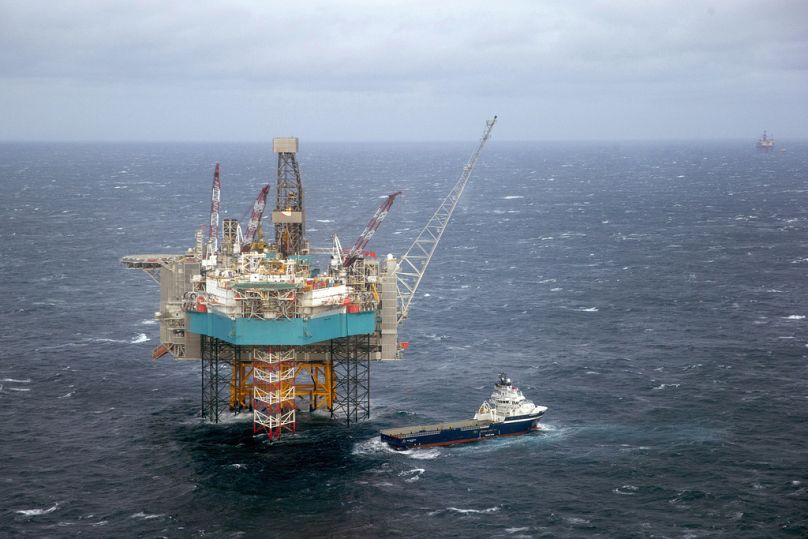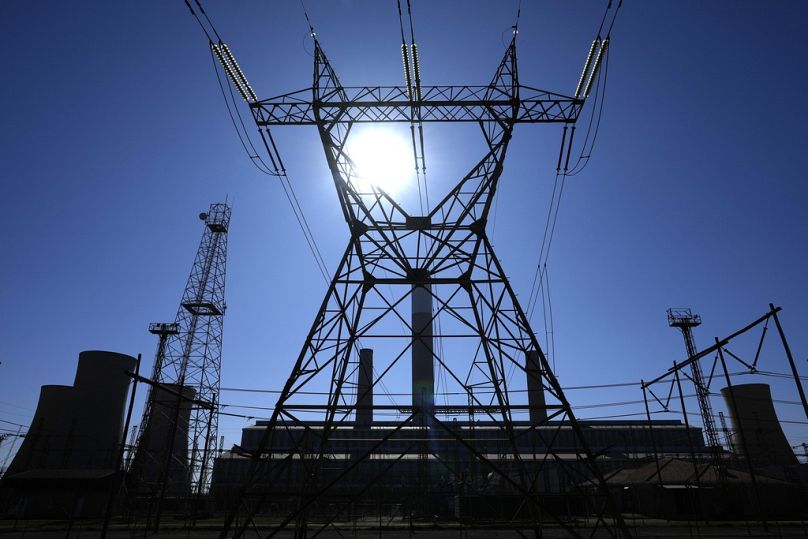Forward-looking companies within the energy and related industries must lend their resources and expertise to developing and integrating practical and impactful technologies that support the global energy transition, Lorenzo Simonelli writes.
Multiple recent energy outlooks have projected that the world will not meet the ambitious emission reduction targets set for 2050, with oil and natural gas still likely to meet more than half of the world’s energy needs.
This news reflects a growing focus on energy security, as countries around the world are reluctant to sacrifice the stability of their energy supply and economic situation in order to dramatically reduce their emissions.
Balancing the Paris Accords commitment to stay within the 1.5 degrees Celsius threshold with our responsibility to provide a steady and secure supply of energy is undoubtedly a challenging task.
However, the energy industry must not be daunted or discouraged by the obstacles it faces. Instead, we must focus on what we are best equipped to provide, which in the case of industry, is the advancement of lower-emissions technologies and solutions.
Low-hanging fruit first
By breaking down the technology development and implementation process into three broad focus areas – leveraging available low-carbon technologies, investing in the development of new cleaner energy technologies, and piloting promising new concepts and solutions to make them market-ready – we can target our efforts to make significant headway in the journey towards net-zero.
Within this framework, we can ensure we continue our momentum towards a lower-carbon economy to achieve the energy transition in a sustainable and productive manner.
Firstly, we must look to harvest the already low-hanging fruit of existing technologies that can make our current energy system more sustainable.
As one example of the opportunity, McKinsey has reported that deploying the available technologies could deliver about 60% of the emissions abatement that will be needed to stabilise the climate by 2050.
Electrification is an obvious way to reduce emissions, as is being witnessed with the expansion of electric vehicles, heat pumps, and electric and plasma arc furnaces.
However, we will still have to rely on hydrocarbons for at least the next few decades, particularly as we move away from coal and replace it with natural gas.
New technologies should fill the remaining gaps
In this context, we must ensure the oil and gas industry is reducing its emissions as much as possible.
This can be done by integrating smart technologies to reduce emissions, improve the energy efficiency of hydrocarbons so less is used to achieve more and reduce the impact of hydrocarbon use.
Smart flaring systems can be deployed at oil and gas fields to monitor, reduce, and control emissions associated with flaring. Such systems can reduce the leakage of methane, minimise costs from flaring operations, provide steam savings and improve transparency for flare operations.
In conjunction with this, we need to push investment into developing new energy technologies to fill the remaining gaps in the energy system.
The major areas where we still need to invest in research and development include carbon capture, storage and usage (CCUS), hydrogen production, transportation and usage, and emissions management.
By intelligently channelling investment into the new clean energy system, we can be prepared to meet the clean energy needs of tomorrow. I am proud that investment is taking place in this area today, with Baker Hughes investing more than $2 billion (€1.86bn) in new energy technologies through partnerships, acquisitions, and ecosystems.
This trend must continue, as our actions in the first half of this decade will set the pace of change as we head into the next.
Scaling up and identifying gaps
Lastly, we need to ensure that the promising new technologies and systems that are being ideated are not just left on the drawing board or in the lab.
The International Energy Agency has estimated in previous reports that nearly half of the emissions reductions required to achieve net zero by 2050 will be achieved by technologies that are not yet commercially viable.
New technology concepts and designs need to be identified and tested through piloting, to see how they scale up to the required size and to identify the gaps that appear when they are deployed in the real world.
Fortunately, our industry is making a concerted effort to promote the continued development of cutting-edge climate technology that can accelerate our transition to clean energy.
Major industry events, such as the upcoming ADIPEC exhibition and conference in Abu Dhabi, are showcasing the leading innovations in decarbonization, hydrogen, and biofuels.
These events offer promising technology the exposure needed to attract while providing a much-needed forum for key stakeholders to align on investment priorities.
We can develop clean tech together
The journey to net zero will require many different technologies and an energy mix that will continue to evolve and change.
Forward-looking companies within the energy and related industries must lend their resources and expertise to developing and integrating practical and impactful technologies that support the global energy transition.
Together, we can develop the clean technologies the world needs to reach net zero, and in doing so, ensure a balanced response to the energy trilemma while driving momentum towards the energy transition.
Lorenzo Simonelli is Chairman and CEO of Baker Hughes, one of the world's largest companies providing oil field services.
At Euronews, we believe all views matter. Contact us at view@euronews.com to send pitches or submissions and be part of the conversation.














